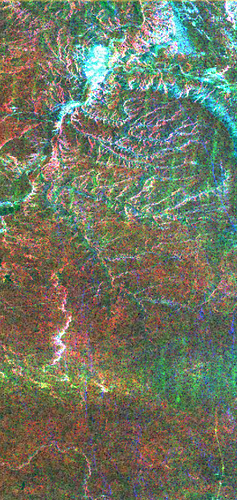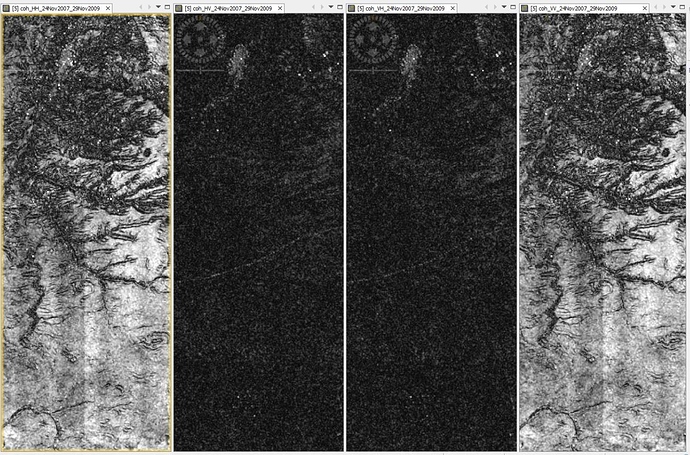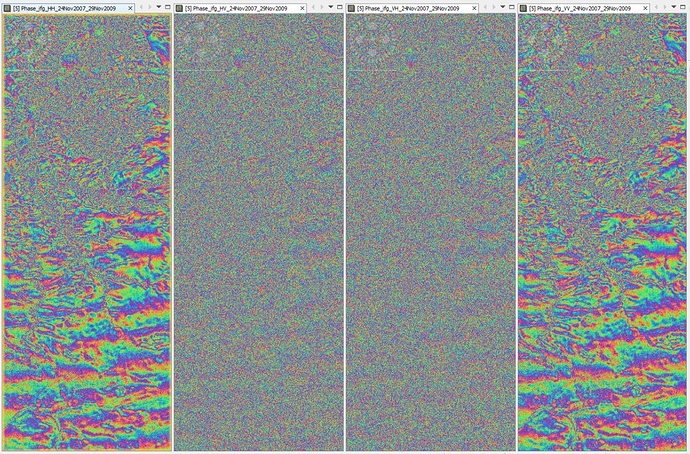This is no study to be presented, but rather a test because this topic came up several times in this forum.
It shows how the polarization of a wave effects coherence and interferograms of an image. I found only few studies which directly compare this, so I gave it a try.
I used two ALOS PALSAR images (L1.1) with quad-polarization, freely available from ASF Vertex over a partially vegetated area in North America.
- 24.11.2007 master
ALPSRP097610830-L1.1 - 29.11.2009 slave
ALPSRP204970830-L1.1
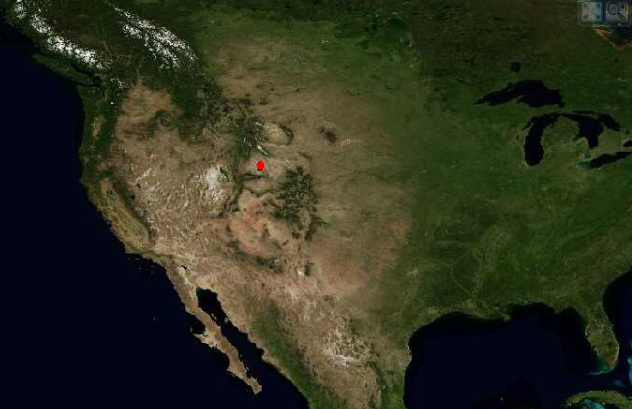
This is the the T-matrix of the master date:
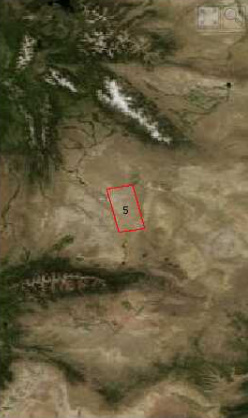
I coregistered both images and created interferograms and coherences for each polarization. I included topographic phase removal using SRTM 1ArcSec and applied MultiLooking on the result for the visualization:
Coherence [scaled between 0 and 0.4 in all images] HH-HV-VH-VV
Interferograms HH-HV-VH-VV
As shown, coherence is clearly higher in HH and VV polarizations. Accordingly, fringes are much clearer in these interferograms.
The difference between HH/VV and HV/VH interferograms might be another with sensors of shorter wavelength (C or X band) and also the degree of vegetation plays a role here.
But speaking of bare and unvegetated areas, better results can be expected with the co-polarization channels.
